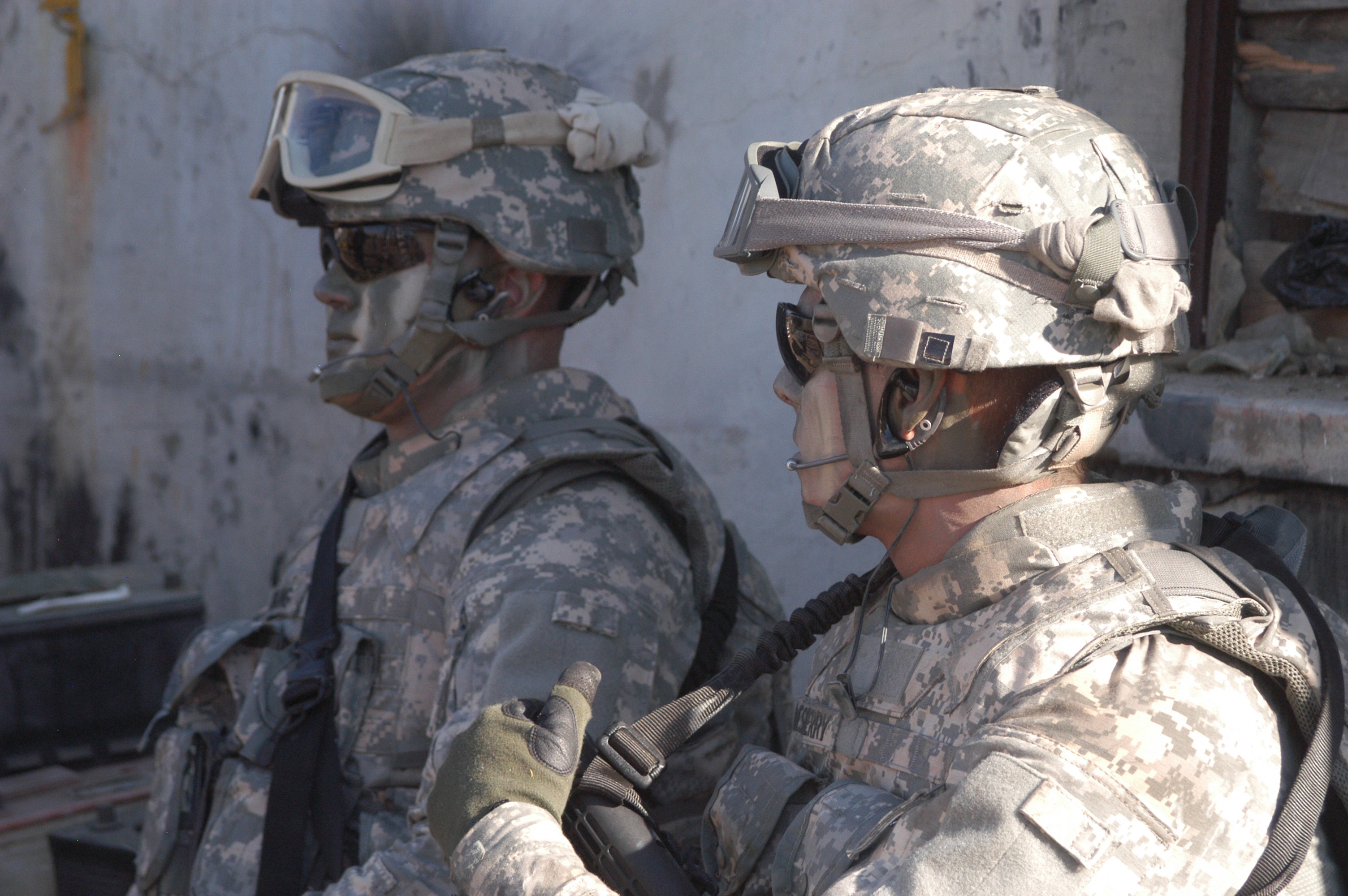
WASHINGTON (Army News Service, Feb. 17, 2011) -- Soldiers can have some of the same brain damage as boxers, according to one researcher who presented at the Soldier Protective Conference.
Dr. Ann McKee, a neural pathologist from Boston University, discussed her team's research into chronic traumatic encephalopathy, or CTE, during an Army conference set up to discuss ways to protect Soldiers' brains, Feb. 17.
McKee said CTE is a "progressive neurodegeneration" disorder and the symptoms have a slow "insidious onset" and tend to develop in mid-life. Symptoms include memory loss, "irritability, agitation, and a short fuse," she said. Boxers have shown particular susceptibility to CTE and have a particular form called "dementia pugilistica."
McKee presented slides that demonstrated human brain specimens that were both normal and affected by CTE. The normal brains, when specially prepared with a dye, appeared blue. The diseased brains were shrunken and atrophied, and when dyed, showed brown spots in key areas -- evidence of concentrated areas of hyperphosphorylated tau protein.
"There's very little hyperphosphorylated tau protein in the brain normally," she said.
The bulk of the 66 brains in her team's "brain bank" are boxers and football players who had experienced repeated blows to the head during their careers. But she did have in her collection the brains of five former Soldiers. The disease, CTE, is the result of repeated trauma to the head.
"This disease does develop in military veterans -- it really has been described in many different types of mild traumatic injury," McKee said. "It's less important how you get the injury, what's important is that you had repetitive injury.
"This is the challenge I think with any discussion about helmet and equipment, how do we protect the brain from the long-term damage we are seeing in these players and Soldiers'"
Dr. Dixie Hisley, of the Army Research Lab, presented information related to her team's efforts to find the most effective way to measure the impact on a Soldier's head when their Advanced Combat Helmet is struck by a bullet.
A video she presented showed the helmet stopping a bullet, but it deforms inside as it absorbs the momentum of the speeding projectile. Inside the helmet, a speeding bullet creates a "helmet backface deformation," or helmet BFD, that appears as a bulge that grows instantly inside the helmet near a Soldier's head.
The bulge can be three to four inches in diameter. But inside the helmet, there may be between 1/2 to 3/4 inch between the helmet and the Soldier's head.
"You can see we have a potential for a pretty good impact to a Soldier's head," Hisley said, going on to explain one hypothesis that says "helmet BFD acts more like the mechanical equivalent of a direct impact from a less-than-lethal projectile or blunt object.
"What we at the ARLS (Army Research Lab) would like to do is come up with the one to two experimental techniques that would allow us to replicate and measure this phenomenon very accurately."
Hisley explained her team's use of instrumented head forms to measure helmet BFD, as well as the use of digital image correlation. She said high-speed cameras can record the deformation as it happens, and measure how fast the deformation occurs. They pay particular attention to how the velocity of the expansion of the bulge changes as it grows and eventually comes into contact with a Soldier's head.
Maj. Jason Morneault, with Program Executive Office Soldier, protective equipment, discussed advancements in the Army's head protection for Soldiers. Currently, the Army uses the Advanced Combat Helmet. More than 1 million of the helmets have been fielded to Soldiers.
The next generation helmet, Morneault said, is now in "first article testing" -- part of the government's acquisition process. It's expected the Enhanced Combat Helmet will be available for Soldiers this fall.
He said the Enhanced Combat Helmet is made of a new material, different from the Advanced Combat Helmet, and is meant to provide 35 percent more fragmentation protection than the Advanced Combat Helmet, but he said it does better than that.
"We're seeing upwards to 50 percent better -- along with some small arms," he said.
The Enhanced Combat Helmet is slightly thicker than the Advanced Combat Helmet, but is also about four ounces lighter.
Also new is the second generation helmet sensor expected to be in the field by August. The sensor measures the head impact Soldiers experience in combat. The data collected from the sensors can be used to help develop better injury models "to better understand what's going on in IEDs and different blasts and blunt impact trauma we're seeing downrange."
Moreneault also discussed the competition to develop a different or better pad and suspension system for Soldier helmets.
Related Links:
Army officials work to treat invisible wounds of war
Army.mil: Science and Technology News
STAND-TO!: Advanced Combat Helmet
Defense Centers of Excellence for Psychological Heath & Traumatic Brain Injury

Social Sharing